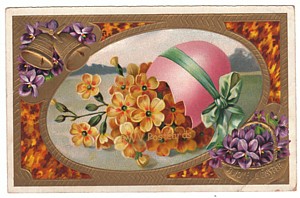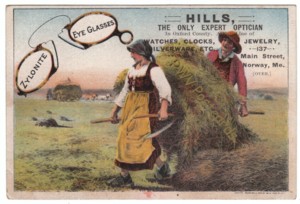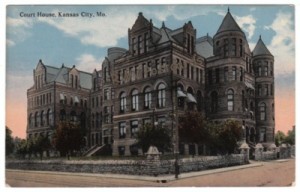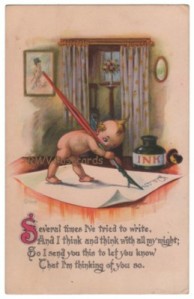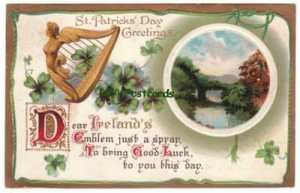“I suppose you have received my letter by this time. We get the Practical Farmer & McCalls both, and have for quite awhile. We had quite a snow storm Tuesday and it is rather cold now.
Best Easter Wishes from Will & Amy.”
April 8, 1909 – Redwood Falls, MN
I like postcard messages that reveal tidbits of historical information. This one mentions two periodicals – McCalls, and Practical Farmer. McCalls magazine dates back to 1880, but disappeared at the beginning of the 21st century due to publishing company mergers after legal battles.
I was never able to pin down specific information on “Practical Farmer” referenced in this postcard message. I did get the impression after searching for info on it, that a subscription to some type of farming periodical was considered essential to farming success at that time.
As for the snow storm mentioned in the above postcard message, records indicate 6 inches fell during April 1909 in Redwood Falls. Records also indicate the lowest temperature reached 18 degrees. We might think that is nothing by today’s standards, but 102 years ago a 6″ accumulated snowfall was no picnic. People 102 years ago didn’t have the snow removal equipment we have today. I for one am thanking my lucky stars I didn’t have to shovel snow in 1909.
* Remember When Vintage Postcards posts a picture of an antique or vintage postcard’s back when listing it for sale. If curious, stop by for a visit and browse our postcards to see what was written on their backs.
